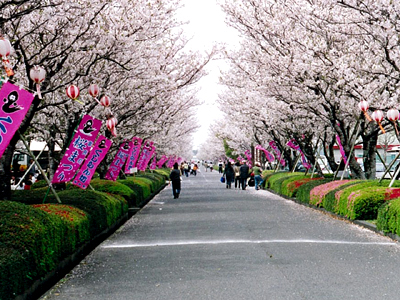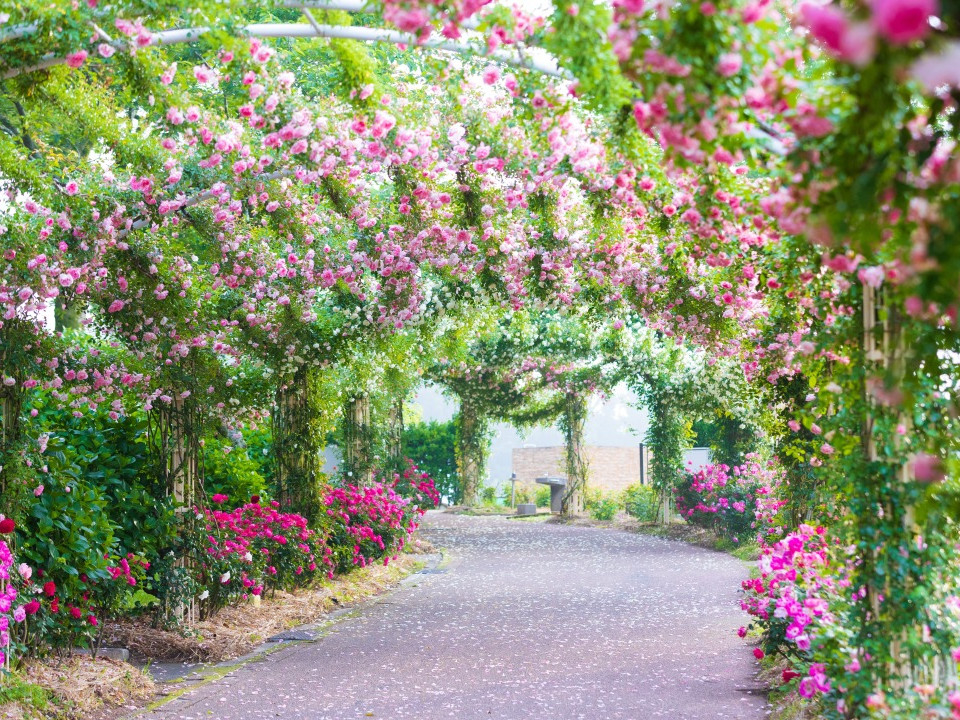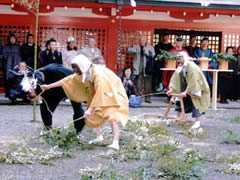
The 46th Kanoya Agriculture Festival
The venue is crowded with locally produced safe and secure agricultural, livestock, forest and marine products on display and delicious gourmet.
Event Overview
Info
Event Period
Price
Event Category

The information provided reflects the details available at the time of the survey.
Please note that facility details may change due to the facility’s circumstances, so please check for the latest information before visiting.
This content has been translated using machine translation.
Information provided by: JTB Publishing
The content uses an automatic translation service, which is not always accurate.
The translated content may be different from the original meaning, so please understand and use it.

The venue is crowded with locally produced safe and secure agricultural, livestock, forest and marine products on display and delicious gourmet.

It is a rose garden with an area of 80,000 square meters and 35,000 shares of stock and one of the largest in Japan, and will be held in spring and autumn, the time of the rose. It is crowded with stage events and experience classes by public participation in the exquisite view of roses cultivated in the rolling hills. In the greenhouse in the garden, you can enjoy the viewing of roses throughout the year, and the cut flower experience (for a fee) is well received. There is a stand selling rose goods and a restaurant where you can eat rose curry, and rose soft ice cream and shochu are popular.

The Air Memorial in Kanoya Air Show, one of the largest events in Minami-Kyushu, includes a variety of events for visitors to enjoy, including flying displays by aircraft of the Land, Sea and Air Self-Defense Forces, acrobatics performed by civil aerobatics teams, and aircraft ground exhibits, drills, and music events.

In early February, the Kanhi cherry blooms, and five types of cherry blossoms bloom until early April. During the period, a graceful feast such as "Kizui no Feast" is held, where the sake of sake is taken up by picking up the sake, while the sake of sake is not passed in front of the sake. In addition, at Iso Kogakukan, there is also a display of a chadan ornament that looks like Satsuma Kiriko, a traditional craft boasted by Kagoshima, as a puppet. Since the date of the event is different depending on the event, details need to be confirmed on the official website. Image courtesy of Sengwanen

The Spring Festival is held at the Hashimazaki Shrine on February 4 (Sunday close to this in recent years) in the lunar calendar. Two rites, "Funamochi", which wishes for the safety of the voyage, and "Tauchi", which wishes for a good harvest, are held in succession. As for the ship, there is a 5-year-old child carrying a model boat around the precinct, and then there is a boat song by an adult. Tashi reproduces rice planting with Techo (as father) and Taro (as child) using cattle. Kagoshima Prefecture Designated Intangible Folk Cultural Property. Image courtesy: Ichikikushikino City Board of Education

A ceremony to pray for the fertility of the five grains. 10 o'clock ~. is held on February 4 of the lunar calendar. A festival hall is set up in the shrine due to the fact that the god of the festival, Niniginomikoto, was given rice seeds from Takamagahara and cultivated.
This website uses cookies so that we can provide you with the best user experience possible. Cookie information is stored in your browser and performs functions such as recognising you when you return to our website and helping our team to understand which sections of the website you find most interesting and useful.
Strictly Necessary Cookie should be enabled at all times so that we can save your preferences for cookie settings.
If you disable this cookie, we will not be able to save your preferences. This means that every time you visit this website you will need to enable or disable cookies again.
